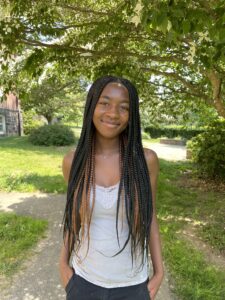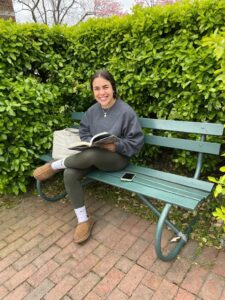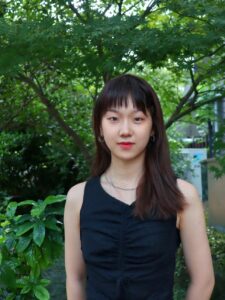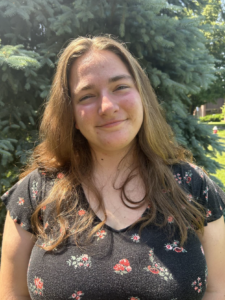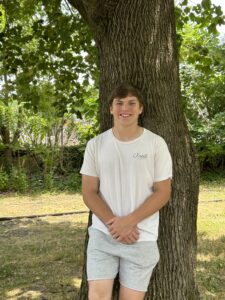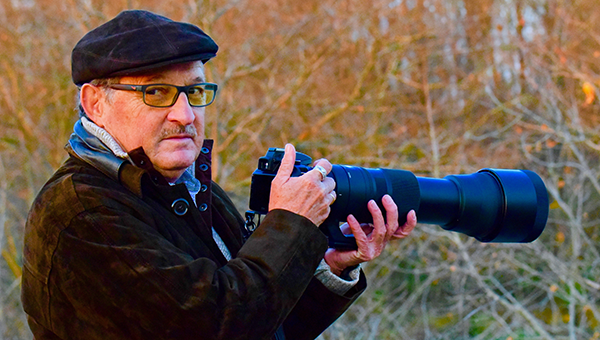
Pacho Gutierrez’s ’77 passion for biology began with catching scorpions.
“Scorpions loved the thatched roof of our country house in Colombia,” he said. “We used to love to catch them as kids. It was both exhilarating and terrifying to try to catch them without getting stung or bitten.”
“Once I snuck a container full of scorpions to school,” he remembered. “Suddenly one of the kids opened the container–I frantically put the lid back on, counted the scorpions and realized one was missing. Luckily, I managed to find it, but I never brought scorpions to school again!”
As he grew older, he became fascinated with bats, even going on an expedition with a professor in college to see tropical bats. His interest in bats eventually developed into to an interest in birds, and Pacho credits the ornithology courses he took in college for leading him into the field of biology.
His enthusiasm for birds is infectious.
“One of the exciting parts of birding is getting lucky and seeing a bird you don’t expect,” Pacho explained. “When you see something really rare, it gives you such a rush. But many rare birds are on the brink of extinction, so the nature of their rarity comes with some sadness. You may never get to see one again.”
Top on the list of birds Pacho would like to see? “The kookaburra, native to Australia; the lyrebirds which are easier to hear than see; a bird in the Amazon, called the hoatzin (stink bird),” he said. “Hoatzins are the only birds whose babies have claws on their wings, reminiscent of the fossils. They can crawl up the mangrove roots even though they can’t fly yet. The swordbill hummingbird, native to the high mountains of Colombia and Ecuador, has a bill that is almost twice as long as its body. They are altitudinal migrants, so you need to be in the right place at the right time to see them.”
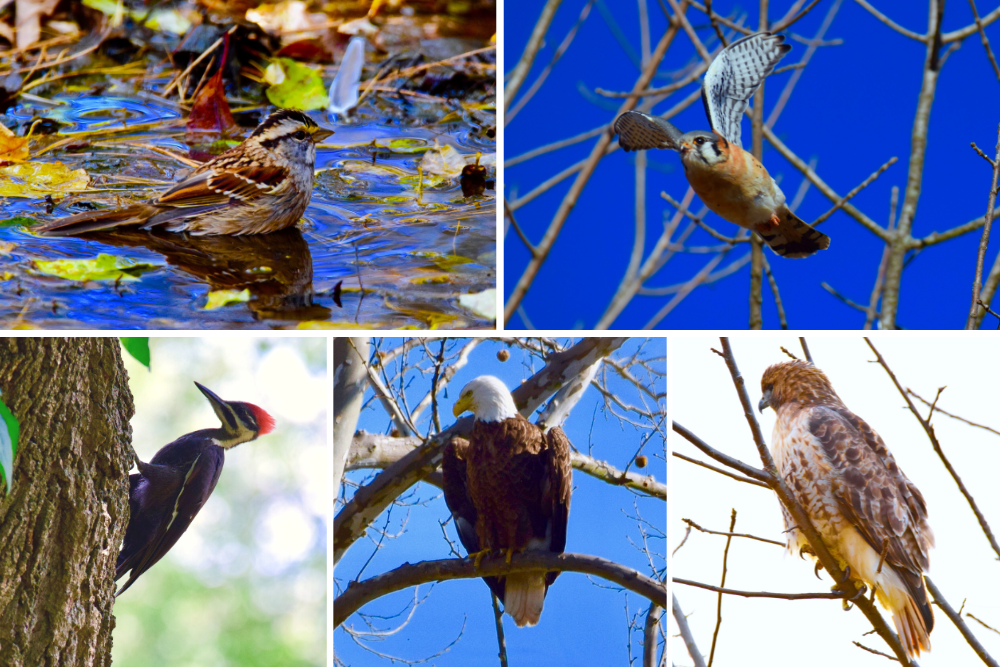
As it happens, Bucks County, with its robust park system, is a great area to engage in birding.
“There are a few bald eagle nests locally that I have been tracking; I report updates to the Bucks County Conservation Society,” Pacho said. “Bald eagles have made such an incredible comeback and have started to repopulate all around our area.”
Pacho also identifies birds through iNaturalist (an app where folks can share their bird pictures) and posts his sightings. At George School, Pacho shares his passion for ornithology with his students.
“They often ask me what my favorite bird is,” he said. “I like many for different reasons, but one bird that has always fascinated me is the bat falcon. Found in Central and South America, it specializes in eating bats, which is a unique biological niche. They only fly and hunt at night, which makes spotting them more challenging. The first time I ever saw one was in Costa Rica. A guide I was with pointed to this perch way up in the tree and I spotted it. This little bird dive bombed us and flew right over our heads a few times. It was amazing.”
Like his interests in biology, Pacho’s teaching methodology has evolved over the course of his career.
After college, he first taught at a premier day school in Bogota, Colombia. He was drawn to return to George School, though, and stayed connected with his high school science teachers. When [former faculty member] Peggy Anderson came to visit Colombia in 1985, she shared that there were positions open in the science department. Pacho was hired to teach in 1986 and was immediately asked to add coaching soccer to his teaching responsibilities.
“As an alumnus, I feel an emotional connection to George School,” Pacho explained. “I love teaching and coaching; I was not able to do both at my former school. I coached wrestling for over twenty years and started coaching tennis when Paul Machemer ’65 retired. At one point, I was coaching three sports and teaching biology, which was gratifying despite being a lot of work.”
“As a young teacher, I believed everything I taught was important,” he remembered. “Over the years, I’ve learned that a good teacher helps students focus on what they need to advance; I make sure to reinforce what I know students need to learn while also making things contextually interesting for them.”
He credits teaching cognitive neurology for helping him learn how to be a better teacher.
“Concentrating on how humans process information in the brain encouraged me to reassess my teaching and how I present information,” said Pacho.
Recently, Pacho has been excited about the opportunities for interdisciplinary teaching that have been made possible in the newly designed curriculum. Currently, he’s teaching a course called “Science & Literature,” focusing on memory and the brain through reading the novels of Gabriel García Márquez. Next year he’ll be partnering with fellow Science teacher Brian Patton to teach a course titled, “Fuels of Civilization.” Students will be studying fuel consumption and alternative fuels from an engineering perspective.
“Another course that I am working on with Science Department Chair Pascal Lanciano is a language immersion course in biology, which will challenge students to become more fluent with biology terminology in their chosen languages,” Pacho said.
Over the years, science education has shifted from a knowledge-based model to one that is more application-based. “Earlier in my career, classification was the focus,” explained Pacho. “Now, students can look up classification in real time on their phone, but they need direction discerning the quality of the information they find and in learning how to apply that knowledge.”

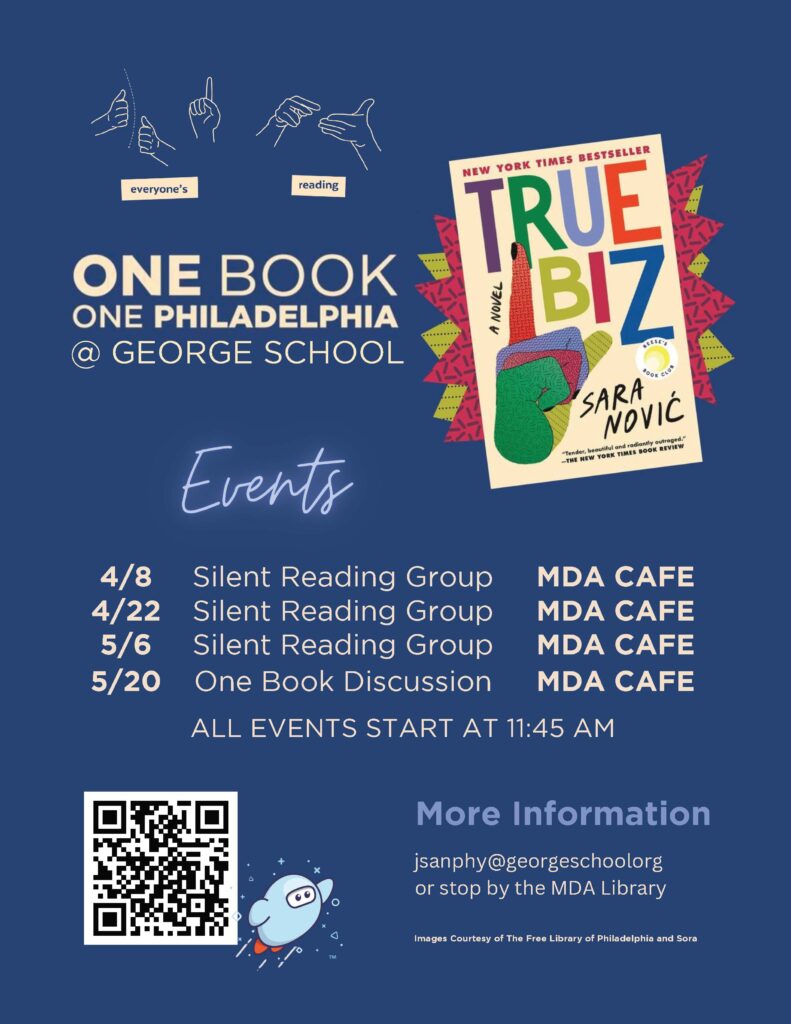
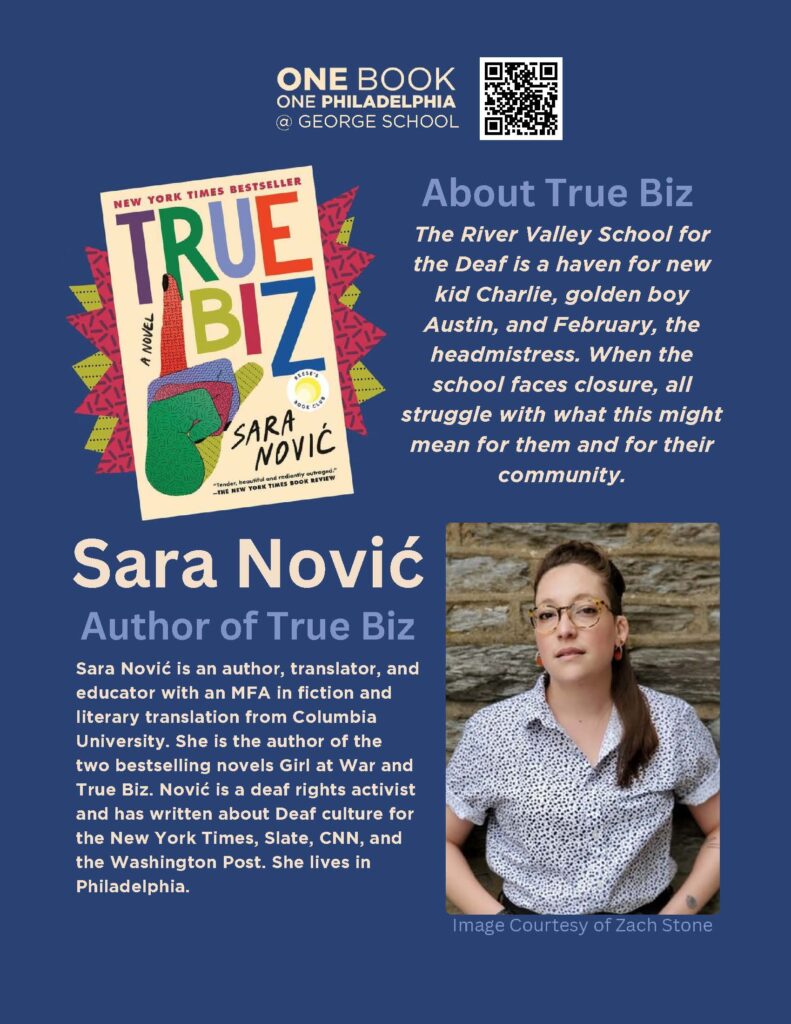
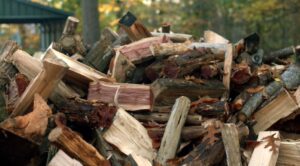
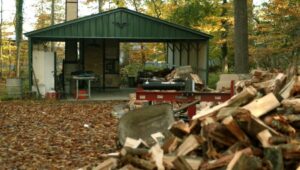

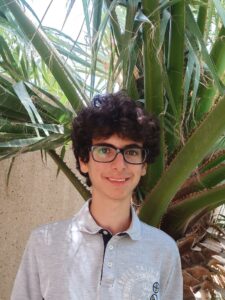 Monastir, Tunisia, and Amman, Jordan
Monastir, Tunisia, and Amman, Jordan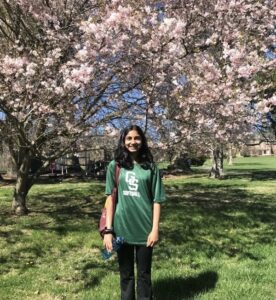 Irvine, CA
Irvine, CA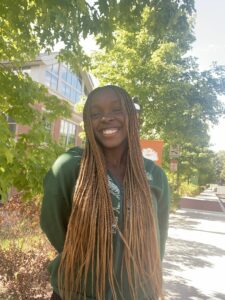 Feasterville-Trevose, PA
Feasterville-Trevose, PA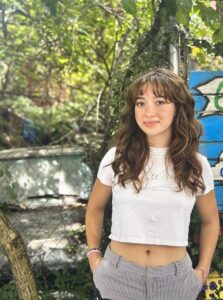 New Hope, PA (Previously NYC)
New Hope, PA (Previously NYC)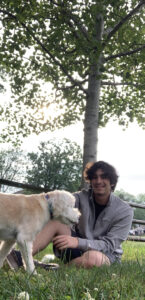 Richboro, PA
Richboro, PA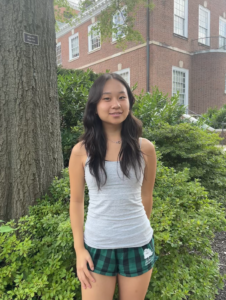 Englewood, NJ
Englewood, NJ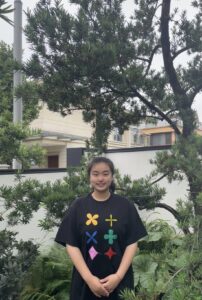 Ningbo, Zhejiang, China
Ningbo, Zhejiang, China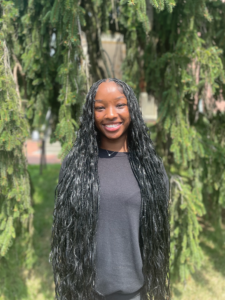 Willingboro, NJ
Willingboro, NJ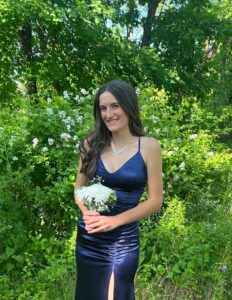 Yardley, PA
Yardley, PA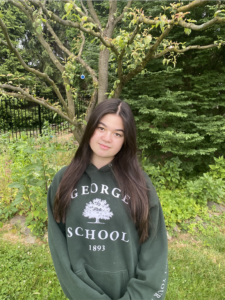 Newtown, PA
Newtown, PA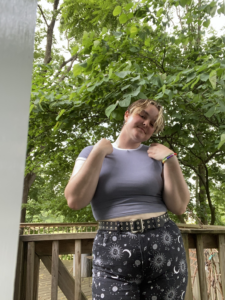 Holicong, PA
Holicong, PA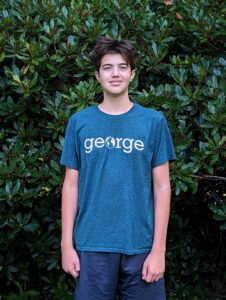 Newtown, PA
Newtown, PA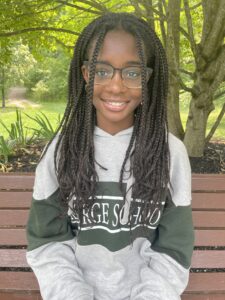 Hamilton, NJ
Hamilton, NJ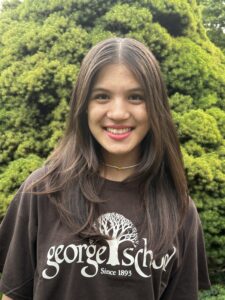 Yardley, PA
Yardley, PA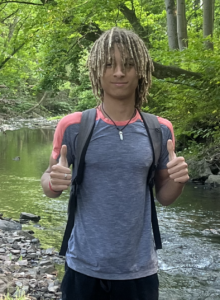 Lambertville, NJ
Lambertville, NJ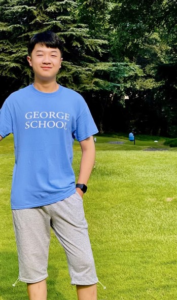 Chongqing, China
Chongqing, China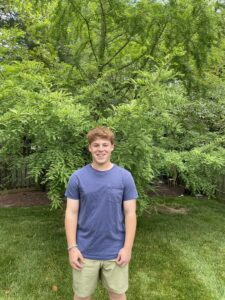 Pennington, NJ
Pennington, NJ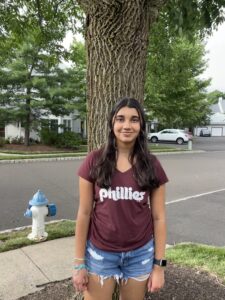 Yardley, PA
Yardley, PA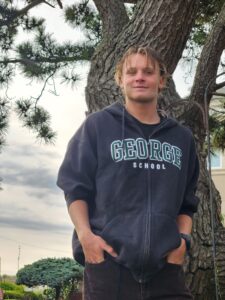 Bensalem, PA
Bensalem, PA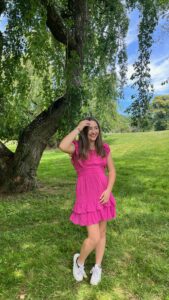 Borgota, Colombia
Borgota, Colombia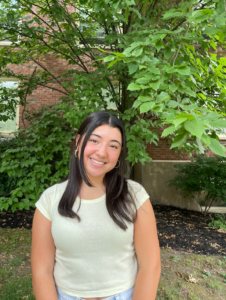 Newtown, PA
Newtown, PA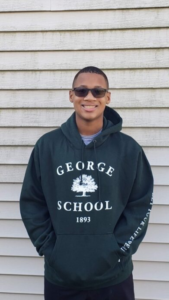 Burlington, NJ
Burlington, NJ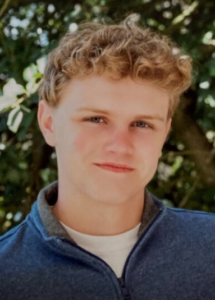 Langhorne, PA
Langhorne, PA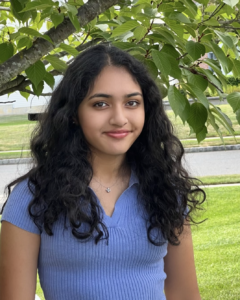 Princeton, NJ
Princeton, NJ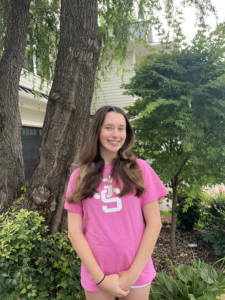 Langhorne, PA
Langhorne, PA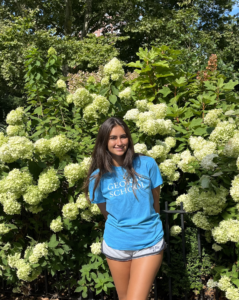 New York City, NY
New York City, NY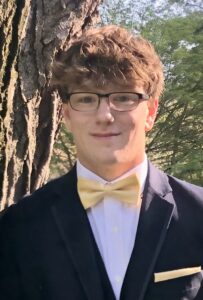 New Hope, PA
New Hope, PA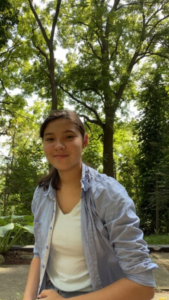 St. Catharines, Ontario, Canada
St. Catharines, Ontario, Canada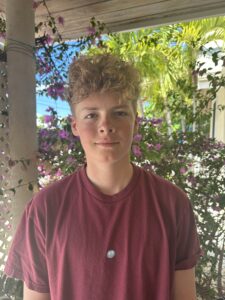 Providenciales, Turks and Caicos Islands
Providenciales, Turks and Caicos Islands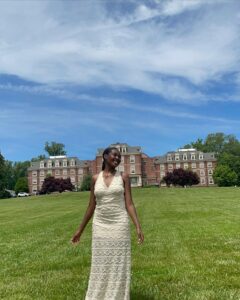 Willingboro, NJ
Willingboro, NJ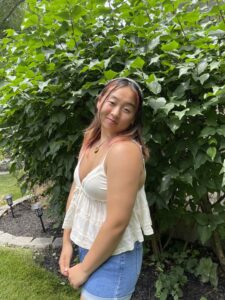 Princeton, NJ
Princeton, NJ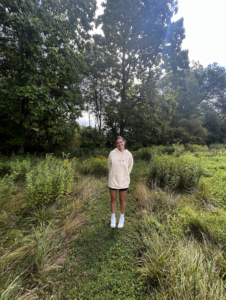
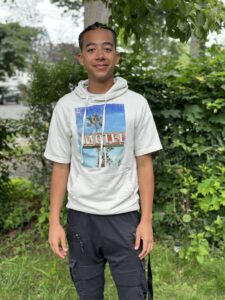 Newark, NJ
Newark, NJ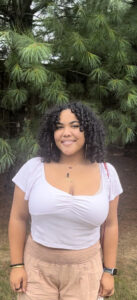 Trenton, NJ
Trenton, NJ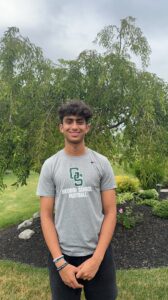 Newtown, PA
Newtown, PA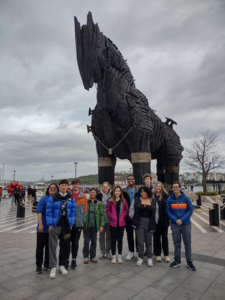
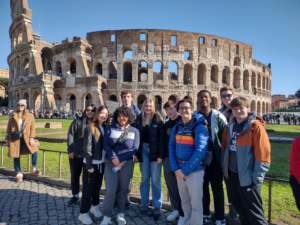
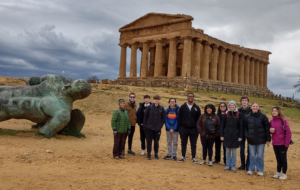
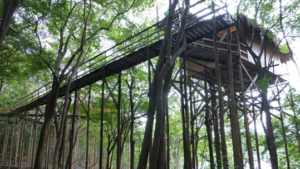
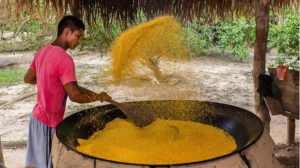
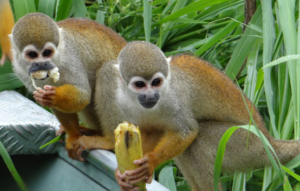
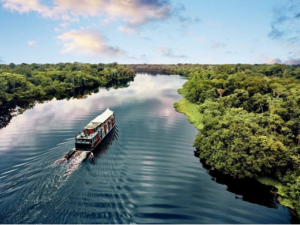
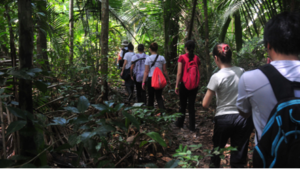
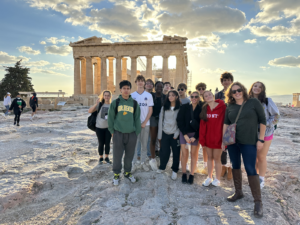
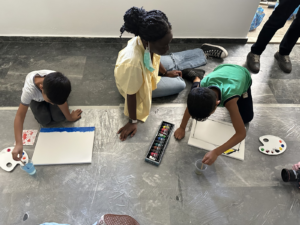
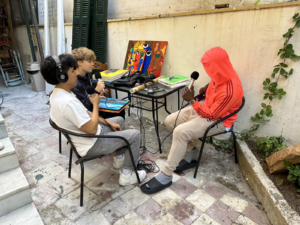
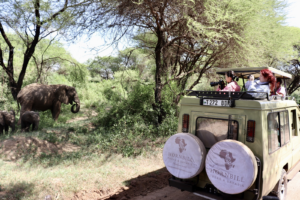
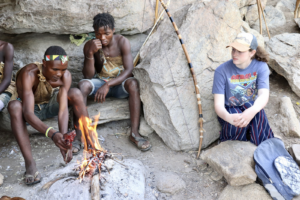
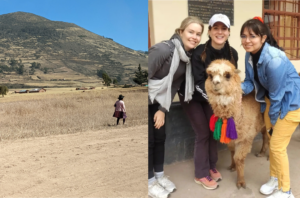
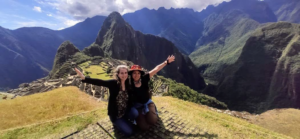
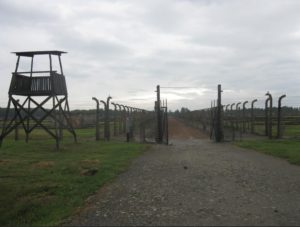
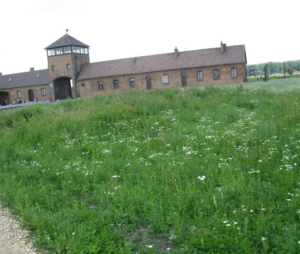
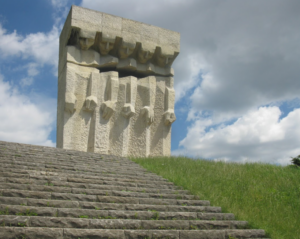
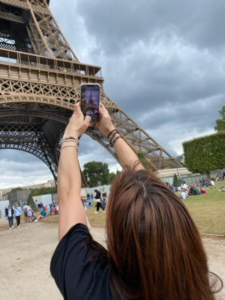
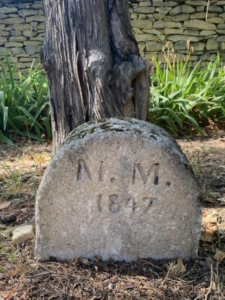
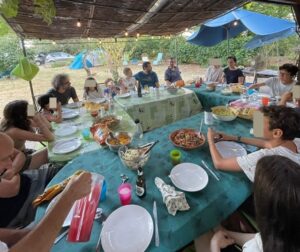
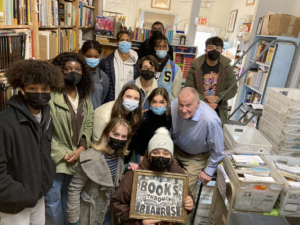
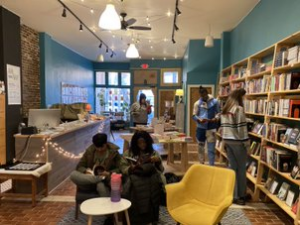
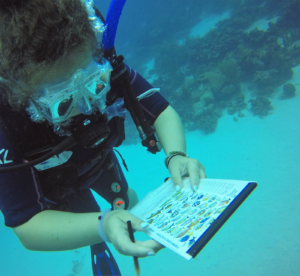
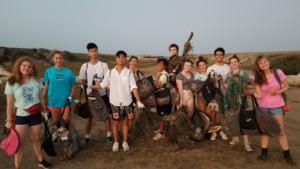
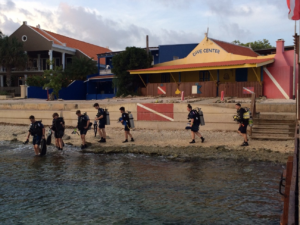
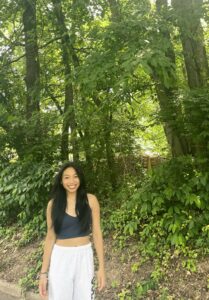 Lawrence, NJ
Lawrence, NJ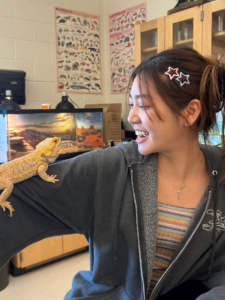 Seoul, South Korea
Seoul, South Korea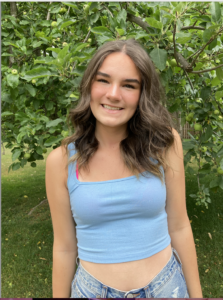
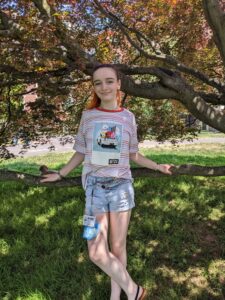 Milwaukee, Wisconsin
Milwaukee, Wisconsin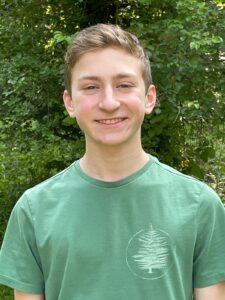 Pennington, NJ
Pennington, NJ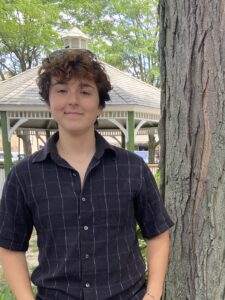 Jenkintown, PA
Jenkintown, PA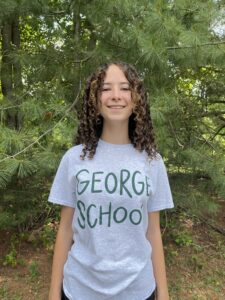 Ottsville, PA
Ottsville, PA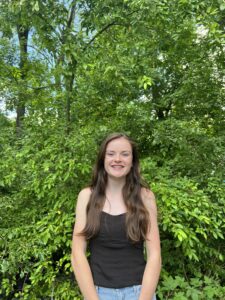 Yardley, PA
Yardley, PA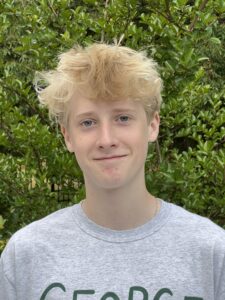 Providenciales, Turks and Caicos Islands
Providenciales, Turks and Caicos Islands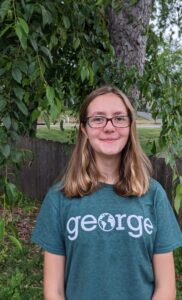 Hopewell, NJ
Hopewell, NJ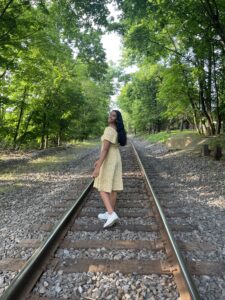
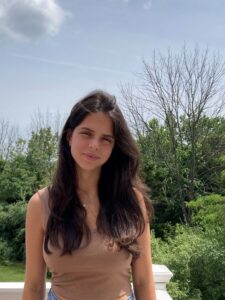 Pottstown, PA
Pottstown, PA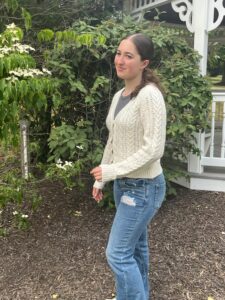 Playa del Carmen, Quintana Roo, México
Playa del Carmen, Quintana Roo, México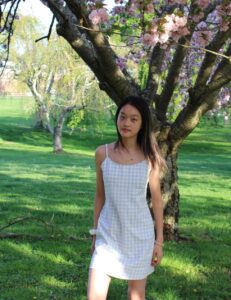 Shanghai, China
Shanghai, China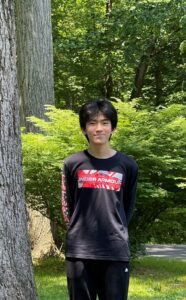 Beijing, China
Beijing, China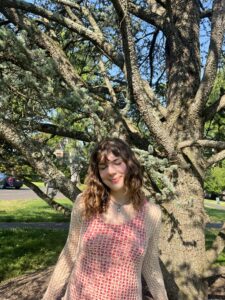 Yardley, PA
Yardley, PA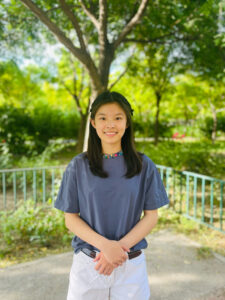 Beijing, China
Beijing, China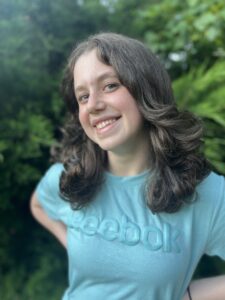 Holland, PA
Holland, PA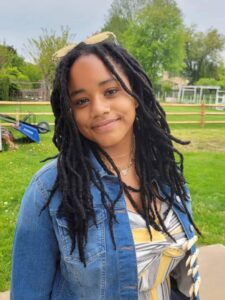 Langhorne, PA
Langhorne, PA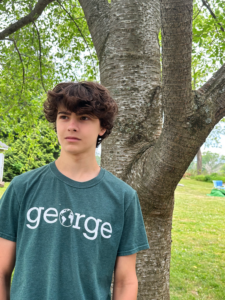 Ringoes, NJ
Ringoes, NJ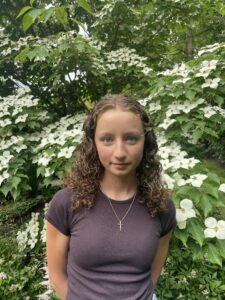 New Hope, PA
New Hope, PA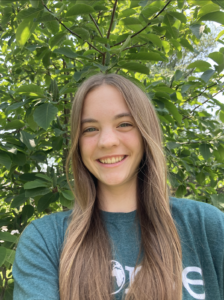 Dreshner, PA
Dreshner, PA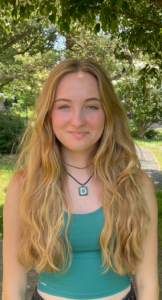 Yardley, PA
Yardley, PA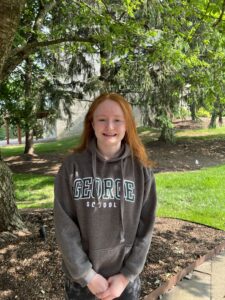 Yardley, PA
Yardley, PA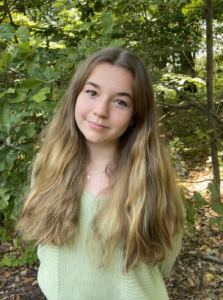 PA
PA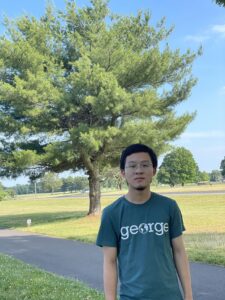
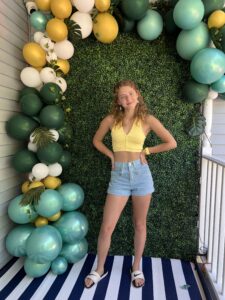

 Xi’an, China
Xi’an, China